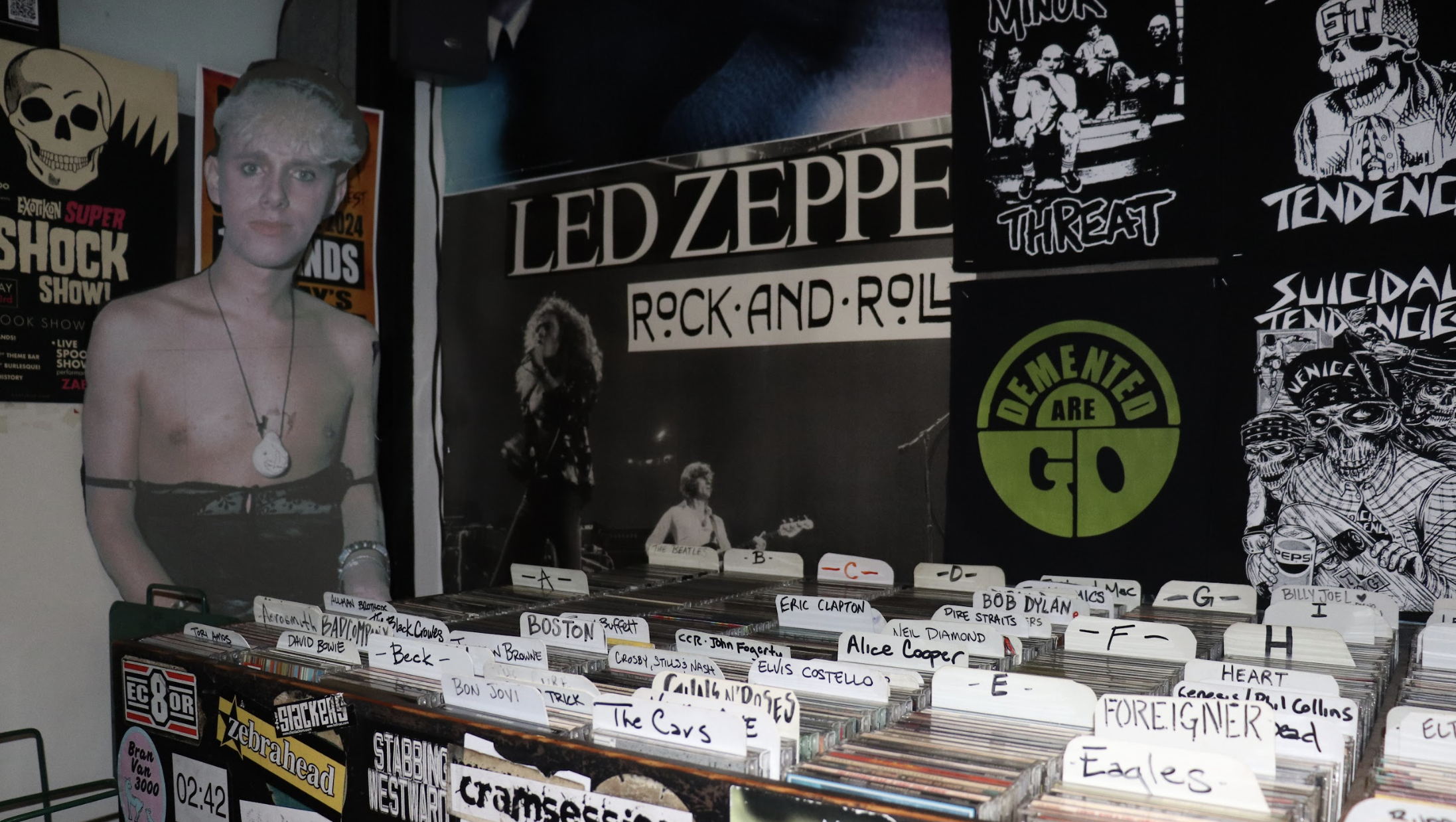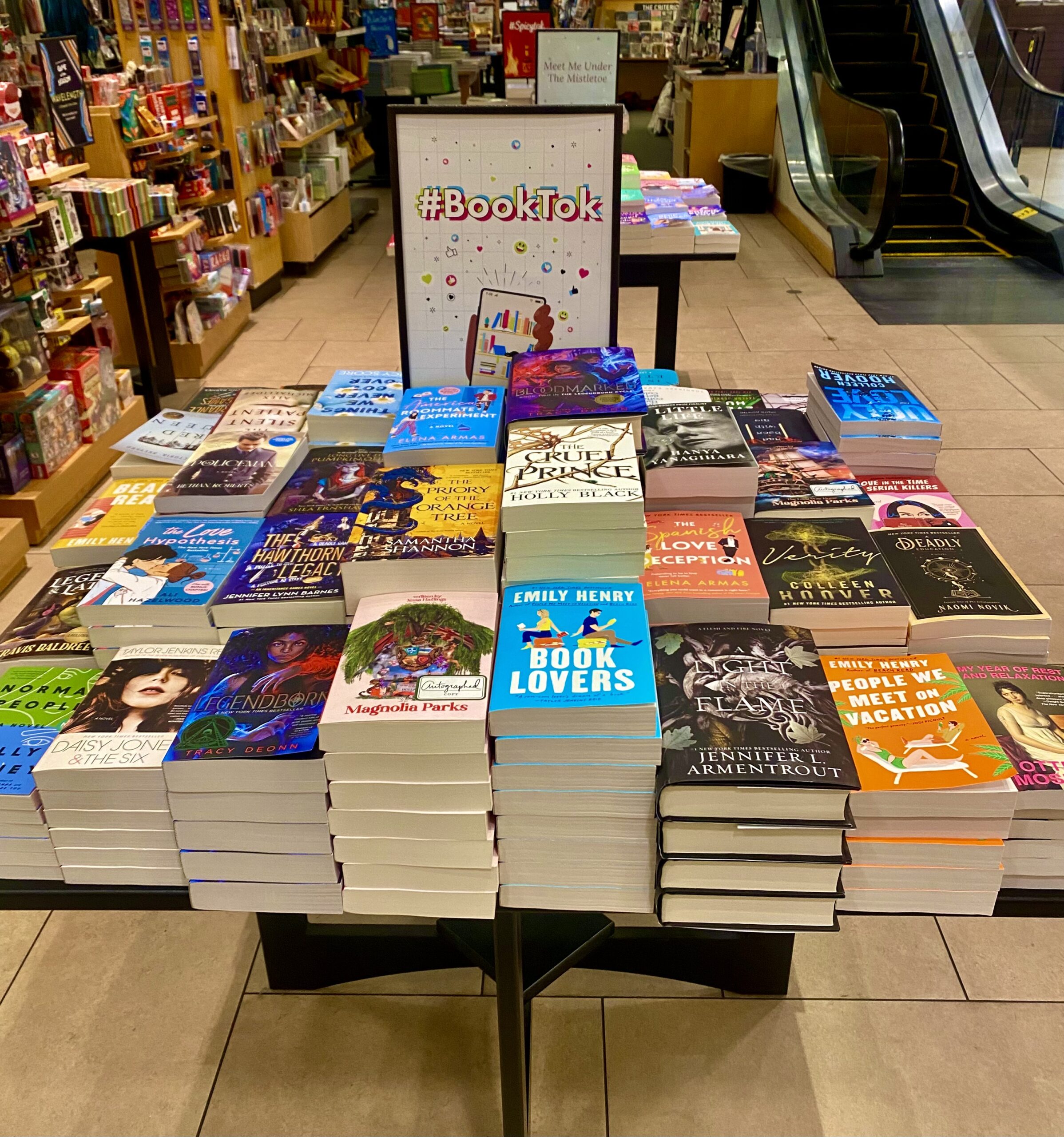Para la Cultura
An art colony lies hidden in the heart of downtown Pomona on Thomas Street, a big white corner building with a unique large basement full of art to be appreciated. It is not just any basement. It is the home of the Latino Art Museum and its art director Graciela Horne Nardi, 72, the masterpiece mind behind its creation.
Horne, a passionate and ambitious Argentinian woman active in the art world and an inspirational role model in the community, Horne is an alumna of Citrus College from back in the ‘90s.
Born in Buenos Aires, she left her home country in 1984 to move to New Orleans. Six years later, she made her way to California and started her journey at Citrus College.
Horne has always been involved in the art scene since teaching in art schools in Argentina. During her time in New Orleans, she opened an Argentinean restaurant where she became a part of the New Orleans nightlife.
She also worked in a museum during her time in New Orleans. When she moved to California, she was the vice president of the Association of Professionals of Argentines in Los Angeles and created the commission of art inside the association.
Art has been a part of her life since a young age; she comes from a family of artists. Her father and her grandma were artists and served as her inspiration.
When Graciela moved to California, she started to paint again after setting it to the side while she decided to attend Citrus College. She received her Associate’s degree in art in 1998 and graduated with honors. She transferred to the University of La Verne where she got her Bachelor’s in fine arts and Masters in leadership and management.
By 2001, Horne founded the Latin Art Museum, a non-profit organization in Downtown Pomona that has been running for 18 years with 650 members.
Horne opened it for Latin American artists that wanted to exhibit art in the U.S but did not have a place to.
“She has opened the doors for local artists and foreigners,” Mario Gee Lopez, former treasurer on the board of the Latin Art Museum said.
Horne founded the art colony when she gathered other artists in a gallery in downtown and discovered what was her art colony could soon be her home. She decided to do an art exhibition for Argentinian artist in Pomona, her first of many projects in Pomona.
“Ever since that moment, I got excited with Pomona — I saw that there were so many artists in the community,” Horne said.
The museum exhibits artists’ work from all over America.
The museum has representatives in different countries that bring artists to the museum to be featured in an exhibit. The museum has one in Argentina, another in Peru that brings a group show every year and two in Mexico.
Other than the Museum Of Latin American Art in Long Beach, the Latin Art Museum is one of the only Latin art museums in the Los Angeles area.
“I saw the need that was going on for the artists to exhibit Latin American art,” Horne said.
The museum follows themes for exhibitions throughout the year, such as Women’s History Month and Cinco de Mayo. There are 11 exhibitions in a year, all of them distinctive.
One of the exhibitions’ themes is “Fire and Ice,” which stresses the idea of protecting the universe, relative to catastrophic events like the melting ice caps and wildfires. This will be the fourth time that the museum features work around the “Fire and Ice” theme.
Horne formed the entire museum into a piece of art from the inside to the outside. The outside features a mural made by a Colombian mother and son artist duo Yolanda Lodoño & Luis Fernando Molina titled the “Immigration Mural,” which took nine months to complete.
“They are always growing here,” Horne said. “I have had artists that today I wish I could have them in the museum, but they are all around the world.”
Part of the museum is a vintage store where most of the products were donated to fund art supplies. The area is full of traditional dresses, jewelry, clothing, ceramic dishes and antiques.
“One of the longest surviving galleries in the art colony… she brings in artists from all over the world, usually from South America and Central America and does a lot of community work,” Larry Egan, Executive Director of Downtown Pomona Owners Association said. “She is very involved in the community, certainly in the art colony.”
One of Horne’s goals is to expose the world of art to Latino families in Pomona that might see art as a luxury. She wants to help the community to feel comfortable and appreciate art.
The vision Horne had for the museum was to provide space and opportunities for artists to be able to display their art by being that bridge and support for them.
Horne also also shares her knowledge and passion by teaching art classes in the museum. Her love of art is present in the museum in how she transmits it to her students as well as exhibits their work in the museum.
She mentioned that one of her students who has autism was having difficulty expressing himself, opening up to paint and even refused to use colors.
She tried baby steps to convince him to draw. She noticed her student was impacted by a Snoopy painting hanging on the wall of the museum; his face immediately changed when he saw it. The next class meeting Horne drew Snoopy and asked the student if he wanted to color it, and he said yes.
“I wanted to cry because I thought, It’s so nice to be able to take him out of the situation that he is living that is so hard,” Horne said.
Of her time at Citrus College, she mentions that she loved the campus and everything she learned from her professors.
Duncan Simone, a former Citrus art professor said she was a “wonderful student because she was very dedicated, committed to be a painter and artist; it’s something you don’t encounter.”
Horne has been able to exhibit her former professor in the museum several times.
Limits do not exist for the enterprising Horne. She has created a successful career in art by building a museum for the community. Her doors are open to artists, art lovers and anybody that desires to learn or appreciate art.
Interviews were done in Spanish and translated to English.



